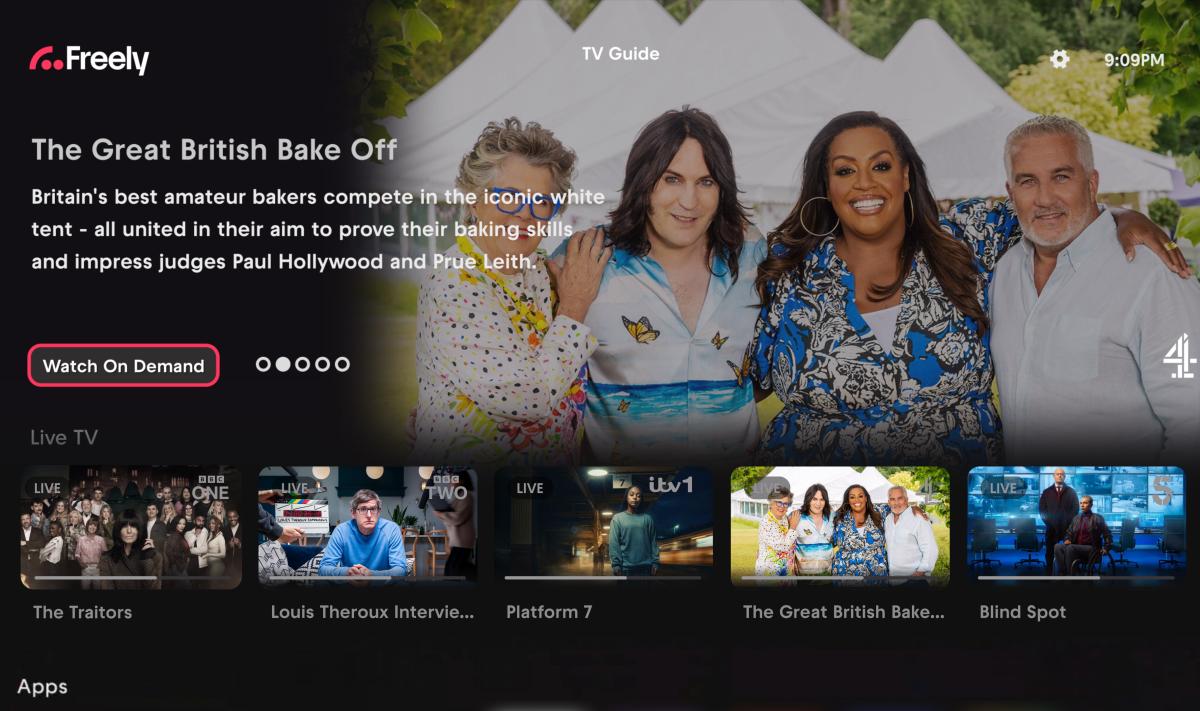The majority of UK adults (58 percent) are unlikely to pay for ad-free versions of Facebook and Instagram, according to new research from Opinium, with just 13 percent saying they are likely to pay to remove ads.
VideoWeek requested the research after it emerged last week that Meta was considering launching paid, ad-free versions of its social media apps. The move is intended to help Meta comply with incoming EU and UK legislation that will restrict Big Tech companies’ use of personal data for targeted advertising.
But Opinium’s findings suggest the appetite for paying for Meta products is low, with 48 percent of respondents being “very unlikely” to pay to use Facebook and Instagram without ads. Consumers over the age of 35 were less likely still, with 64 percent unlikely to pay for the apps.
The nationally representative survey also found that one-quarter of students (24 percent) were likely to pay for Facebook and Instagram, but they were still in the minority; one-third of students (32 percent) were unlikely to pay for the services.
“The data shows that Meta have some way to go to prove the value proposition to members of a paid version,” said Phil Smith, Operations Manager at Opinium.
Twitter blues
It is worth noting that those users who don’t want to pay are not necessarily a flight risk for Meta. The company has long maintained that there will always be a free version of Facebook, although the same promise has not been made for Instagram. But considering advertising makes up 97.5 percent of Meta’s revenues, the ad-supported apps will remain the core of its business.
Instead the company is expected to pursue a subscription/ad-supported hybrid approach, following the model being adopted by streaming companies. But the progression is almost a mirror image of the streaming industry. SVOD services such as Netflix and Disney+ were entirely subscription-funded (Netflix even promised to remain free from advertising) until introducing ads to shore up its revenues. Now Netflix has 10 million global users on its ad-supported tier, representing around 4 percent of its customers.
X (formerly Twitter) on the other hand has 827,615 subscribers to its X Premium (formerly Twitter Blue) plan, just 0.15 percent of its user base. And while X is an unusual case in light of Elon Musk’s controversial takeover, it seems consumers are less inclined to pay to remove ads on social media services.
“One could argue in social media ads are less intrusive than in music and video apps, insofar as they don’t disrupt the flow of the content in the same way,” suggests Greg Ireland, Research Director at IDC, a market intelligence firm.
Under the influence
Advertising is also embedded in Facebook and Instagram content in a manner unique to social media, with sponsored posts and paid influencer content appearing within the regular timeline. IDC’s Greg Ireland argues that the “significant blurring of the lines between content and advertising” makes it hard to make social media services entirely ad-free.
“For example, consumers can follow brands they like and therefore find advertising part of the content they engage with,” says Ireland. “Moreover, with the use of paid influencers, consumers follow creators that may be posting paid promotions that significantly blurs the line between content and advertising. Would these have to be filtered out? Or is that what consumers understand is normal when following creators?”
It is hard then to envision what ad-free versions of Facebook and Instagram would actually look like, though premium versions would probably include additional benefits for paying customers. X Premium for example gives subscribers access to ad revenue sharing and the ability to edit posts. And YouTube Premium, which has over 80 million global subscribers, offers access to offline viewing and exclusive content. “Ad-free is just one piece of the broader subscription value prop,” notes Ireland.
Meta will therefore need to demonstrate those benefits if it is to attract enough customers to make up ad revenues lost through stricter regulatory compliance, and changes to the way it gains consent for data collection, which could see users opting out of personalised advertising.
“Twitter Blue, or X Premium, has shown there might be a small market there,” says Opinium’s Phil Smith, “but it may well be that Meta needs to find some additional features to upgrade more of their users.”




